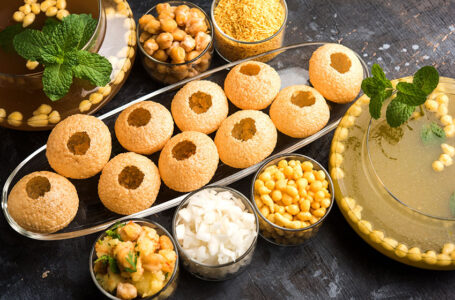Top six foods that Ayurveda suggests you should add to your diet for a healthy life

Ayurveda is an alternative medicine system that originated in India more than five thousand years ago; the ancient medical system continues to be influential for its natural and holistic approach to physical and mental health. For instance, Charaka Samhita is a comprehensive text on Ayurveda that deals with all aspects of medicine, including the logic and philosophy behind the Indian medicinal system.
Charaka Samhita emphasised the diagnosis of diseases and sought Ayurveda as the comprehensive system of health care that deals with preventive and curative aspects. Therefore, the texts also mention the kind of foods that we need to eat regularly for good health; also, if we add specific food items to our daily diet, it will prevent the onset of diseases and maintain our health.
Written below are some of the food which you might consider adding to your diet:
Amla (Indian gooseberry)
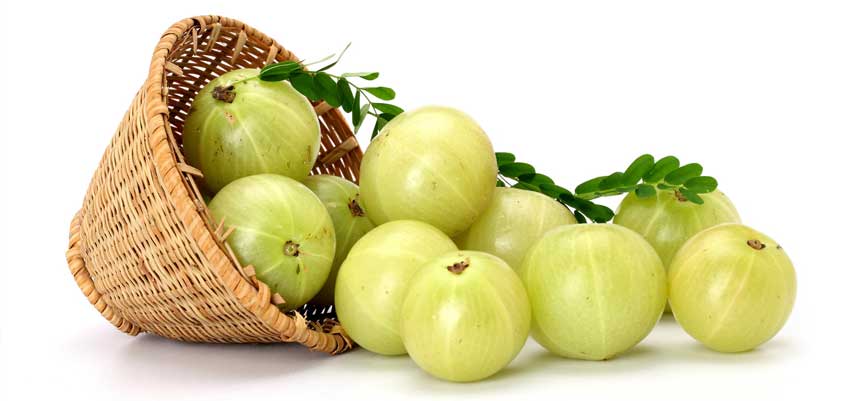
Amla, also known as Indian gooseberry, is a translucent green fruit that got its name from the Sanskrit word “Amlaki“, meaning “nectar of life”. It has eight times more vitamin C than an orange or twice the antioxidant power of acai berry. Furthermore, it has multiple benefits, such as the vitamin C present in amla can be absorbed easily by the body compared to store-bought supplements. It is also helpful to regulate bowel movements and provide relief to someone having constipation.
If you are suffering from a cold and cough, mix two teaspoons of amla powder and honey respectively and have it three to four times a day, it will give instant protection. Also, researchers have conducted studies that state that carotene in amla aids in vision improvement. Hence, you can very well advise someone suffering from eye issues to add amla to their diet, as it helps to improve overall eye health. For example, it can reduce cataract problems and intraocular tension (the pressure you feel) and prevent the eyes’ reddening, itching, and watering.
One of the most in-demand health supplements lately has been immunity boosters in the form of store-bought tablets or tonics. But, if you eat amla, you need not buy supplements from the market because amla’s antioxidant and astringent properties boost immunity. Moreover, it prevents the oxidation caused by various health problems and protects the body cells from free radicals.
Amla is god-sent for beauty and skin enthusiasts; people often spend money on anti-ageing products without understanding the importance of consuming healthy food; hence, if you consume amla, it does the trick of replenishing your skin. The vitamin C and antioxidants in amla reduce fine lines and wrinkles, giving you healthy and radiant skin.
You can consume the fruit as a whole or make chutneys, juice, and murabba and include it in salads.
Green gram
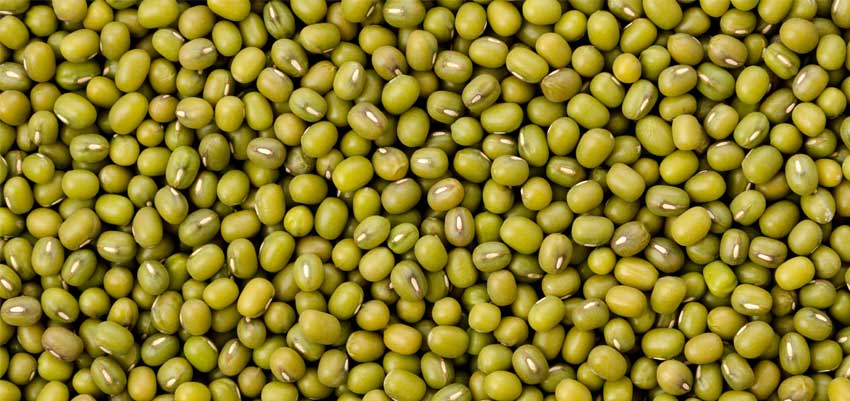
Green gram, belonging to the Leguminosae family, falls under the pulses group are referred to as mung beans or moong. Also, they are a rich source of fibre and essential amino acids such as phenylalanine, leucine, isoleucine, valine, lysine, arginine, etc. However, when green gram is consumed in the sprouted form, there is a change in the nutritional composition, as they gain more free amino acids and antioxidants than the unsprouted ones.
Some sprouted green gram benefits include improving eyesight, enhancing bone and heart health, and enhancing the immune system. In addition, it is an excellent source of cholesterol-reducing fibre, which ensures a healthy and happy heart. Some people call green grams a superfood because it contains many antioxidants, omega-3 and omega-6 fatty acids, magnesium, folic acid, and vitamin B6.
Organic green gram sprouts contain several nutrients that reduce cholesterol levels; it also helps manage diabetes due to their high-fibre content.
Rock salt
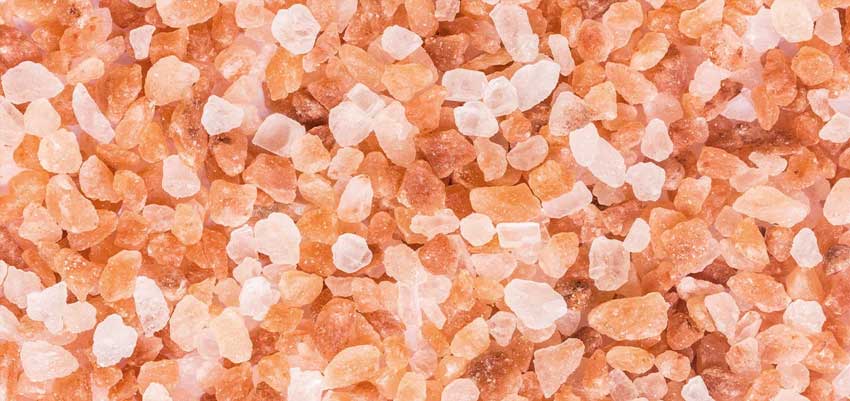
Salt is a significant ingredient in all food, irrespective of cuisines; without a pinch of salt or as per requirement, any food would taste bland. But rock salt, also known as Himalayan sea salt, is the best and the healthiest among all the salt varieties. Furthermore, rock salt offers trace levels of several other minerals, including iron, zinc, nickel, cobalt, manganese, and copper.
We all know that consuming too much salt harms our health, but low sodium levels also cause health issues like poor sleeping patterns, unsteadiness, and a rise in bad cholesterol. Therefore, we need to add a balanced amount of salt to our foods; rock salt helps to reduce digestive problems such as constipation, heartburn, stomach pain, etc.
Rock salt is full of minerals and vitamins, which improve digestion, promote bowel movements, and help to clean toxic products from the intestine. It also helps to improve the loss of appetite and is especially useful if you have a sore throat; saltwater gargling with rock salt relieves your blocked nose and cough and clears the nasal and throat cavity. So, you can use rock salt instead of regular salt in your food and use it for any of the home remedies mentioned above.
Barley
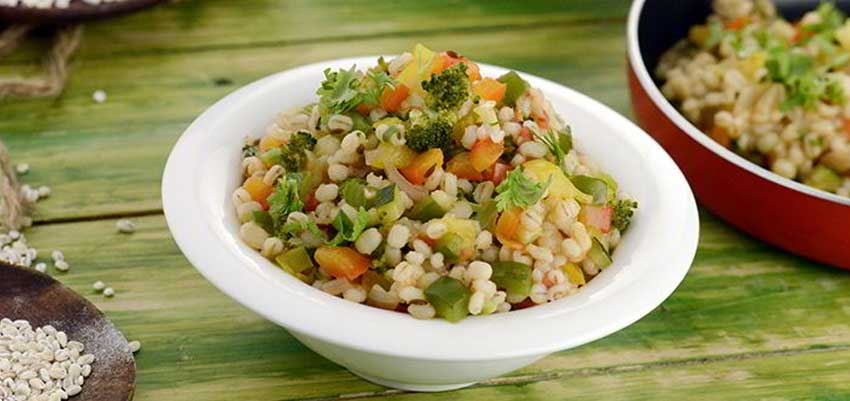
Barley is a cereal grain with a chewy texture and a mild and nutty flavour that people often use to make healthy soups, khichdi, idli, etc. Moreover, it is a powerhouse of several different nutrients that helps our bodies to stay fit and healthy. For example, it has niacin, which is crucial for our nervous, digestive systems and skin health; similarly, it contains flavonoids, which help protect against heart disease and cancer.
You can find different barley preparations like barley powder, barley pancakes, barley jam, barley porridge, fried barley etc.
Milk

Most of us hated milk during childhood, but our mums ran after us and made us finish that glass of milk despite our resentment towards it. However, similar to modern science, the ancient Ayurveda also stresses the importance of milk because of its multiple benefits. For example, milk is considered a complete protein that helps significant body functions like growth and development, cellular repair and immune system regulation.
Drinking milk ensures healthy bones due to the powerful combination of nutrients, including calcium, phosphorus, potassium, protein and (in grass-fed, full-fat dairy) vitamin K2. In addition, milk and dairy products also prevent osteoporosis and bone fractures. Hence, you should add milk to your diet; if you don’t like its taste, you may add it to smoothies, oatmeal, and even soups and benefit.
However, lactose-intolerant people can opt for various milk substitutes such as coconut milk, almond milk, soy milk, hemp milk, etc.
Ghee

There is a general misconception about ghee being harmful to our health as it causes weight gain and is not suitable for the heart either. However, several research reports suggest that ghee is a rich source of vitamins, antioxidants, and healthy fats. Moreover, it contains monosaturated Omega-3s that support a healthy heart and cardiovascular system. Also, it is rich in vitamin- E, an antioxidant that helps reduce the risk of heart diseases.
Nonetheless, it should be noted that ghee is rich in fat; hence consuming it in moderation is the best way to add it to your daily diet. For example, you can add a spoon of ghee over paratha or chapati or eat it with rice.


